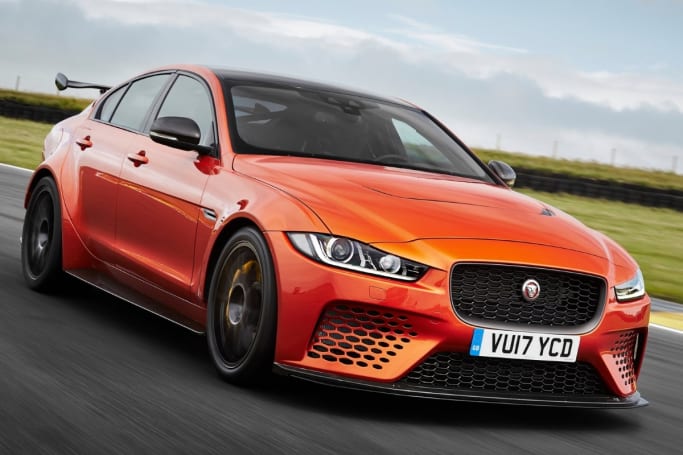Tech Through Time: How Variable Valve Timing Works
The heart of most vehicles today, the internal combustion engine has advanced significantly over...
Browse over 9,000 car reviews

The heart of most vehicles today, the internal combustion engine has advanced significantly over its century long history.
This series outlines some of the key innovations in engine technology before taking a look at alternatives to the combustion engine. This week, how a supercharger works.
Check out other parts in this series
Tech through time: Fuel injection
Tech through time: Turbocharging
Tech through time: Variable Valve Timing
Tech through time: Hydrogen Fuel Cells

There are many ways to get more power out of an engine. The most obvious method is to simply increase displacement, by increasing the combustible surface area through the addition of more cylinders. However, this comes with its own disadvantages in terms of increased fuel consumption, weight, and a larger engine, which can adversely affect ride and handling. Another option is to increase the amount of fuel that enters the combustion chamber. Adding more fuel results in a larger explosion and thus the production of more power.
To burn the fuel completely and prevent waste, an engine requires a set amount of air. This is known as the air to fuel ratio, or stoichiometric ratio, and varies depending on the type of fuel used. For example, petrol requires between 13-15 parts of air per part of petrol, depending on its octane rating. Thus, adding more fuel into the combustion chamber alone will not increase engine power, but rather make the air to fuel ratio ‘rich.’ The amount of air entering the chamber must also be proportionally increased so that the ideal air/fuel ratio is maintained.
Superchargers are one way to increase the flow of air into the combustion chamber.
Fundamentally, superchargers work as air compressors. A belt or chain connects the engine’s crankshaft to the supercharger rotor, providing the power necessary for the compressor to run.
Today, there are three main types of supercharger that utilise this fundamental principle, namely Roots, twin screw and centrifugal.

The Roots type supercharger is the oldest application of this technology, invented by Philander and Francis Roots in 1860, originally to blow air into blast furnaces that melted iron. The Roots supercharger works through a pair of rotors that blow air at a high speed into the intake port. As the port then contains a greater quantity of air, it becomes compressed. In turn, this enables a higher quantity of fuel to be injected into the combustion chamber (and thus greater power to be generated).

Roots superchargers are often mounted on top of the engine, thus giving the characteristic protruding air intake that ‘hot-rod’ vehicles are known for.

The main difference with twin-screw superchargers is how and where the air is compressed. Instead of air being compressed in the intake port (as with a Roots supercharger) a twin screw supercharger compresses air within the supercharger housing itself.

Two screw type rotors draw in and squeeze the air before sending it to the engine.

Centrifugal superchargers are perhaps the most unique supercharger design. Instead of a pair of rotors, an impeller fan draws air in.

This is similar in principle to how a common household exhaust fan draws in steam or smoke. In a supercharged car, this impeller rotates at a very high RPM, often in excess of 50,000 RPM. Whilst this causes air to be drawn in at a high speed, centrifugal forces compress and slow down the air as it leaves the housing.

Today, most affordable, mainstream vehicles incorporate turbochargers rather than superchargers as a means to generate additional power, in part due to the greater fuel economy that turbocharging provides. However, certain automakers continue to use the supercharger for their performance vehicles. Jaguar, for example, uses the supercharger high-performance variants of the F-Type and XE, whilst Volvo has incorporated both turbocharging and supercharging for its new Drive-E engines in models such as the S90 and new XC60.

Do you think superchargers should go extinct, or do they have more to offer? Tell us what you think in the comments below.
The heart of most vehicles today, the internal combustion engine has advanced significantly over...
The heart of most vehicles today, the internal combustion engine has advanced significantly over...
Comments